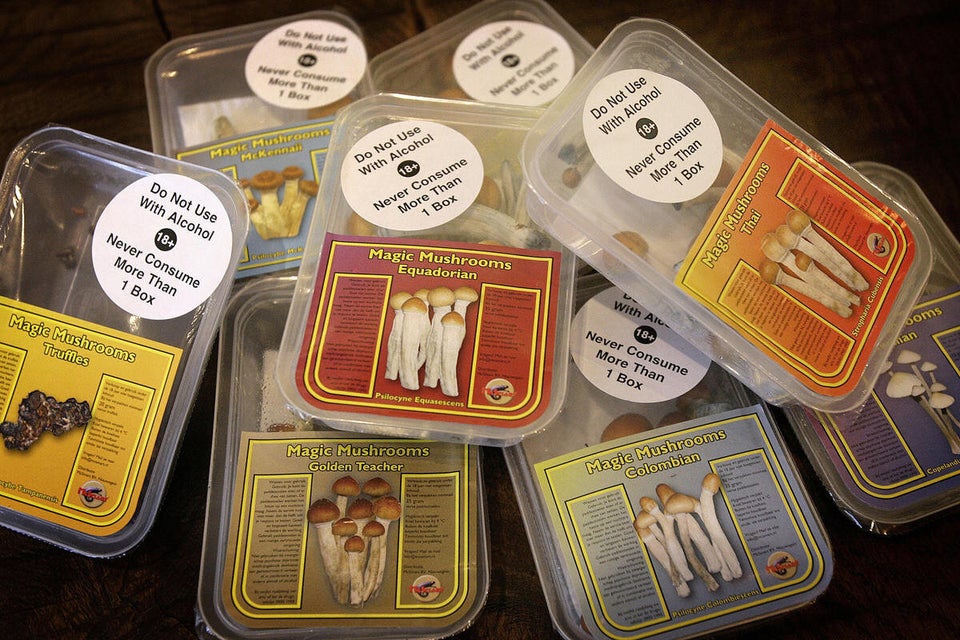The number of legal highs, which are outside international control, is growing at an "unprecedented" rate, with almost 350 new designer drugs identified by the United Nations' drug experts.
The UK is the only country to request the international control of former legal high mephedrone, a now banned substance favoured on the club scene, under the 1971 UN Convention on Psychotropic Substances.
"There is a dynamic and unprecedented global expansion of the synthetic drugs market both in scope and variety", Jean-Luc Lemahieu, director for policy analysis and public affairs at United Nations Office on Drugs And Crime, said.

A man leaves the Nirvana Head Shop in Dublin
"New substances are quickly created and marketed, challenging law enforcement efforts to keep up with the traffickers and curb public health risks."
Last year, the UNODC said the UK has the largest market for so-called "legal highs" in the European Union, according to the United Nations Office on Drugs and Crime
In today's Global Synthetic Drugs Assessment, the UNODC warns that designer drugs have gained popularity particularly among the young and are no long restricted to "niche" markets.
"Emergency services may therefore find themselves unable to identify life-threatening substances and powerless to administer the proper treatment to users," the report said.
In the UK in 2010, mephedrone was classified as a class B substance under the Misuse of Drugs Act.
Story continues below slideshow
In March 2014, the UK formally requested that mephedrone should be controlled internationally, by submitting a notification to the Secretary-General of the United Nations on adding mephedrone to Schedule 1 of the 1971 Convention on Psychotropic Substances.
The UNODC said usage data for the UK suggests controls may have led to a decline in the mephedrone market.
It pointed to a survey conducted on behalf of the UK dance and clubbing magazine MixMag and The Guardian newspaper, which indicated that annual use of mephedrone among respondents dropped from 51% in 2010 to 19.5% in 2011.
However the agency warned that in spite of a possible decline in the demand for mephedrone in the UK, some segments of the population may still use it as a substitute to other drugs in the market for amphetamine-type substances.
A survey conducted at two dance clubs in London displayed 52% annual use of mephedrone, the second highest after cocaine at 59% and surpassing cannabis at 48%, the UNODC said.
